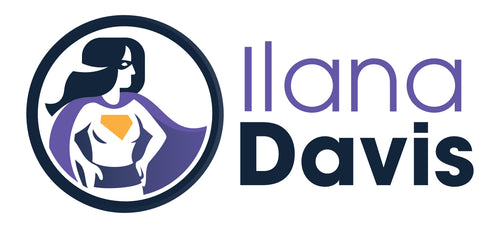Google Analytics for eCommerce - A Shopify Meetup Recap
This week I had the pleasure of hosting Kate Collinson for the Shopify Meetup – Portland as we talked about Google Analytics for eCommerce.
During the webinar, Kate covered a lot of ground, packed full of tips to ensure your Google Analytics is set up for your Shopify store.
Kate reminded us that it’s easy to want to report on everything, but says that if it’s not relevant, don’t report on it. Many merchants gather as much data as they can. The problem then is too much data!
If you report on everything, you learn nothing. There is such a thing as too much data.
Kate explored the three metrics that matter most and how they relate to each other.
- Traffic – The number of visitors to your site.
- Average Order Value – The average size of a customer’s cart.
- Conversion Rate – The percentage of sessions that result in a sale.
What I loved most about this exercise and Kate’s examples, was when she talked about how different metrics all impact conversions.
It’s not unusual for conversion rates to go down, for example, when you increase traffic because not all those customers know who you are. Folks who land on your page by accident, bounce when they realize it’s not a place for them. Yet they are counted in the total number of page views. Increasing traffic could also mean your revenue may not go up as you expected from your investment.
Kate recommends that if you have a short term goal of lifting conversion rates, run a sale.
Traffic goes up, the average order value goes down because of the sale, and your conversion rate goes up.
Many shop owners ask why Google Analytics shows different numbers from Shopify? The simple answer is that Shopify and Google Analytics track differently. Google Analytics, for example, tracks revenue on transaction total at the time of sale and includes tax, shipping, and any discounts. Returns are not included.
Google Analytics is great for tracking the performance of your marketing. Shopify is for accounting or business metrics.
She also talked about what questions you should be asking about your data and where to find it in Google Analytics.
Some of the questions Kate dives into that I found to be really relevant were:
- What percentage of visitors have been to my store before?
- From which channels are my visitors landing on my store?
- Which are my most valuable site pages?
- What are my users searching for on my site?
I’m not giving Kate’s presentation the justice it deserves. I encourage you to check out her course on Google Analytics if you missed the presentation.
JSON-LD for SEO
Get more organic search traffic from Google without having to fight for better rankings by utilizing search enhancements called Rich Results.




